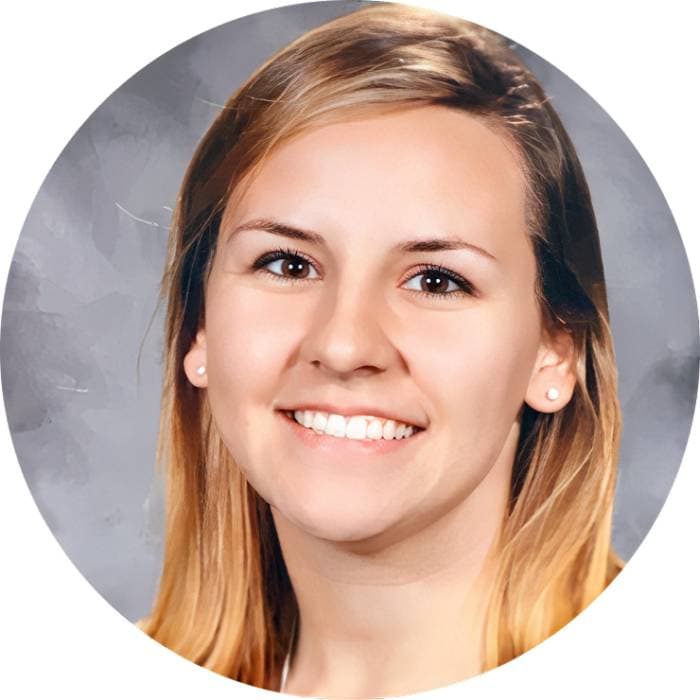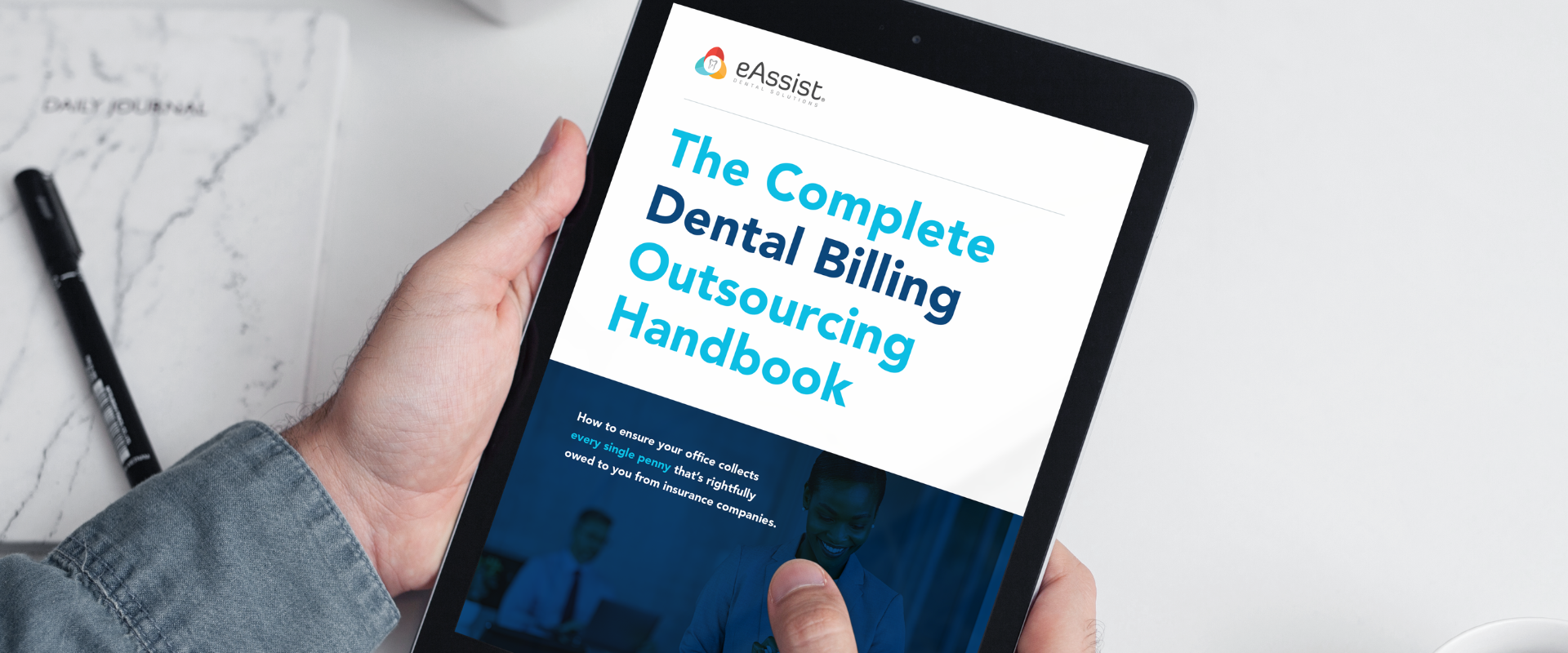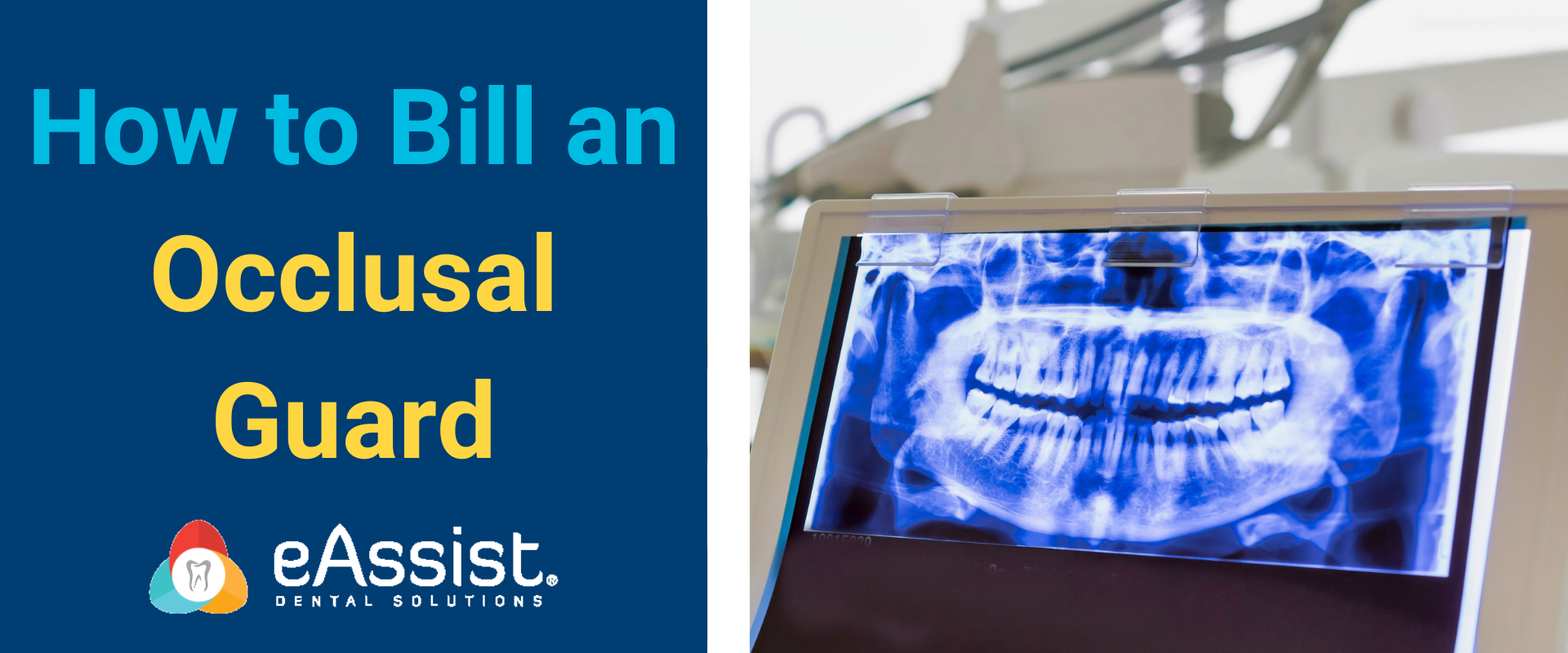Our partner, Dr. Charles Blair and the team at Practice Booster® are the unmatched experts at helping dental practices properly code for maximum reimbursement. In April 2018, they authored the following article entitled Telehealth/ Teledentistry: The Future Is Here in their newsletter. Much of this information is still accurate, and more relevant than ever, during the Coronavirus pandemic. Today, with their permission, we are sharing this article with our eAssist clients and friends.
With the spread of Coronavirus (COVID-19) temporarily closing offices around the country, there are more questions and demands for Teledentistry than ever. But it is important to know and understand what insurance companies will, or will not, reimburse for teledentistry services.
_______________________________________________
There was a time when the family doctor made a house call when patients were unable to come into the office. That time has long since passed and while a few specialty physicians, nurse practitioners, and other home health providers still see patients in the home, most patients now seek care in the offices of their physicians or dentists. This system works most of the time; however, with today’s technology, there are ways to reach more people in need of basic or emergent healthcare.
Imagine top-quality dental care available to someone living in a remote area where care is not accessible or severely limited. Think about senior citizens in long-term care facilities who have limited mobility and no transportation readily available. What about children living in poverty where oral health is not considered a priority and healthcare is limited? Now imagine if care were readily accessible at a site close by and a dental professional could evaluate their needs via video connection. Could this be the future of dentistry?
The Difference Between Telehealth, Telemedicine, and Teledentistry
Telemedicine is a term used to describe a very limited field of clinical diagnosis and monitoring that utilizes technology. The term teledentistry is, of course, specific to the field of dentistry. Telehealth is the term now more commonly used to describe a wide range of evaluations, diagnoses, and case management efforts made in many fields of healthcare. These include, but are not limited to:
- Dentistry
- Psychiatry
- Group and individual counseling service
- Nutrition counseling
- Chronic disease monitoring and management
- Consumer and professional education
The common element in telehealth, telemedicine, or teledentistry, regardless of the specialty, is the method of delivery. Telehealth is defined by the Federal Health Resources and Services Administration (HSRA) as, “The use of electronic information and telecommunications technologies to support long-distance clinical health care, patient and professional health-related education, public health, and health administration.”
That is a fairly broad definition, leaving a lot of questions as to exactly how the telecommunication is accomplished. Let’s look at how this technology translates into patient care. The four choices of modalities, or methods, to be utilized are:
- Live video (synchronous): Live, two-way interaction between a person (patient, caregiver, or provider) and a provider using audiovisual telecommunications technology. This type of service is also referred to as “real-time” and may serve as a substitute for an in-person encounter when it is not feasible to meet face-to-face.
- Store-and-forward (asynchronous): Transmission of recorded health history (for example, pre-recorded videos and digital images such as radiographs and photographs) through a secure electronic communications system to a practitioner, usually a specialist, who uses the information to evaluate the case or render a service outside of a real-time or live interaction. This service provides access to data after it has been collected. There is no “real-time” or face-to-face interaction with the patient. This modality may be valuable in allowing access to specialty care when the patient is located in a community with limited access to board-certified specialists.
- Remote patient monitoring (RPM): Personal health and medical data collection from an individual in one location via electronic communication technologies, which is transmitted to a provider (sometimes via a data processing service) in a different location for use in care and related support. This allows a patient to be monitored without having to physically go to the provider’s office.
- Mobile health (mHealth): Health care and public health practice and education supported by mobile communication devices such as cell phones, tablet computers, and PDAs. Applications can range from targeted text messages that promote healthy behavior to wide-scale alerts about disease outbreaks, to name a few examples.
CDT Codes Reporting Teledentistry
With these definitions in mind, let’s now discuss what codes are available to report these services. Effective January 1, 2018, there are two new CDT codes specifically for teledentistry:
D9995 Teledentistry – synchronous; real-time encounter
Reported in addition to other procedures (e.g., diagnostic) delivered to the patient on the date of service.
D9996 Teledentistry – asynchronous; information stored and forwarded to the dentist for subsequent review
Reported in addition to other procedures (e.g., diagnostic) delivered to the patient on the date of service.
For either CDT code, the place of service code that should be entered into Box 38 on the 2012 ADA Dental Claim form is “02” (telehealth).
You may wonder why there are four modalities, but only two CDT codes. In reading the descriptions carefully, you will see that D9995 should be reported for live video and D9996 for a “store-and-forward” consultation. The other two modalities, “remote patient monitoring” and “mobile health” may be either synchronous (live) or asynchronous (recorded) with the appropriate CDT code reported.
Note that each of these codes states that any other procedure delivered to the patient on the date of service is also reported. For example, any radiographic image captured at the visit will be reported as well as any procedures provided remotely by a dental hygienist or dentist.
Benefits and Challenges of Teledentistry
While the concept of telehealth may be new to the field of dentistry, some medical providers have been taking advantage of this type of technology for years. Some of the benefits include, but are by no means limited to:
- Access to quality healthcare for patients in remote or underserved areas
- An alternative to an emergency room for minor illnesses
- Patient monitoring for chronic conditions
In December 2016, The Oral Health Workforce Research Center, which is associated with the School of Public Health at the State University of New York at Albany, released a report detailing six case studies related to teledentistry. One study conducted at Finger Lakes Community Health (FLCH) in Geneva, New York focused on children under age 6. Positive outcomes included shorter wait times, higher treatment rates, and lower no-show rates for appointments. The program has continued and FLCH has long term goals for expanding teledentistry services to nursing home patients, rural residents, and other special needs patients. The entire report can be found at http://www.oralhealthworkforce.org.
There are two challenges to a practice interested in teledentistry. First, not all states have laws allowing teledentistry and those who do may have restrictions on the type of modality allowed. California and Arizona, for example, have laws expressly including teledentistry. Other states, including West Virginia, Hawaii, Oregon, and Colorado have proposals for such laws under consideration. Because state laws vary and are constantly evolving, it is imperative that all regulations in your state be verified prior to providing any telehealth services. The best resource would be an attorney familiar with your state’s healthcare laws.
The second challenge to implementing teledentistry is the cost. The technology involved requires significant funding and reimbursement for utilizing such technology may be limited. Currently, no major dental payers are allowing reimbursement for either of the two codes listed that describe the use of teledentistry.
Medical Coverage
When dental payers deny any service, the question of filing to a medical plan frequently arises. Will it be covered? The answer, in this case, is “maybe.” Most medical payers, including Medicare and Medicaid do have policies allowing benefits for telehealth services. Currently, 38 states have laws requiring commercial payers to provide coverage for telehealth services, but some require it to be provided by synchronous (live) audio and/or video.
As with all procedures, to be eligible for payment under a medical plan, the service must be related to a qualifying medical condition. For example, in some states, a teledentistry consultation for the extraction of impacted teeth may be eligible for reimbursement when covered under the patient’s plan. Keep in mind, there may be network requirements by the individual medical plans. Also, Medicare specifically excludes dental services with very few exceptions. A list of CPT codes allowed by Medicare for telehealth services is available at https://www.cms.gov/Outreach-and-Education/Medicare-Learning-Network-MLN/MLNProducts/downloads/TelehealthSrvcsfctsht.pdf
Medical codes reporting telehealth are numerous. Due to the nature of the service, most codes reported by dentists will be evaluation and management (i.e., examination) codes. The modifier “GT” (via interactive audio and video telecommunications systems) may be required by some payers. Place of service is 02, indicating a telehealth consultation.
Is teledentistry in our future? Some think so, but only time will tell. Certainly, the need is there and, with aid from proactive dental professionals and lawmakers, it can happen. In the meantime, before jumping into teledentistry, it is imperative to become knowledgeable about your state laws and regulations. As previously mentioned, a healthcare attorney can be your best resource and possibly your best ally in a venture such as implementing teledentistry in your practice.








0 Comments